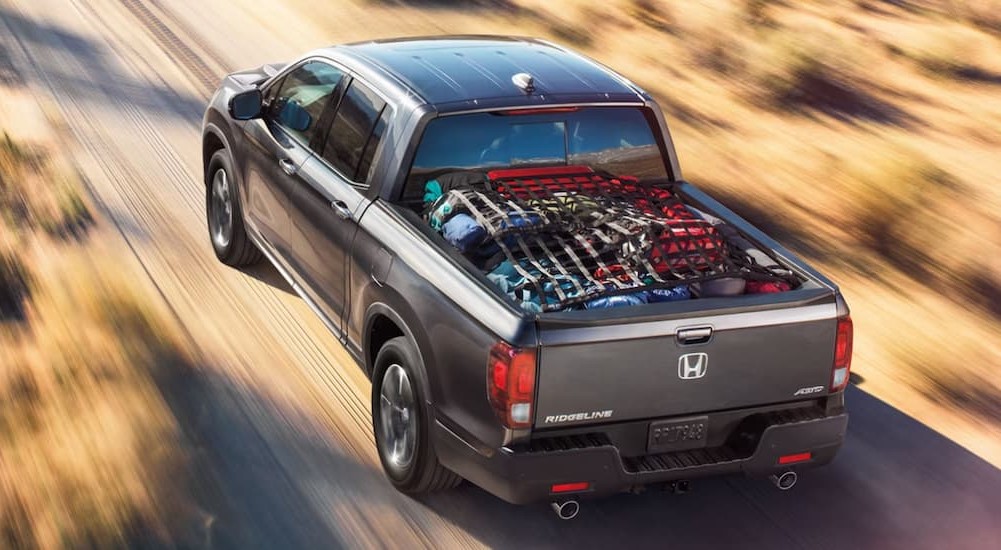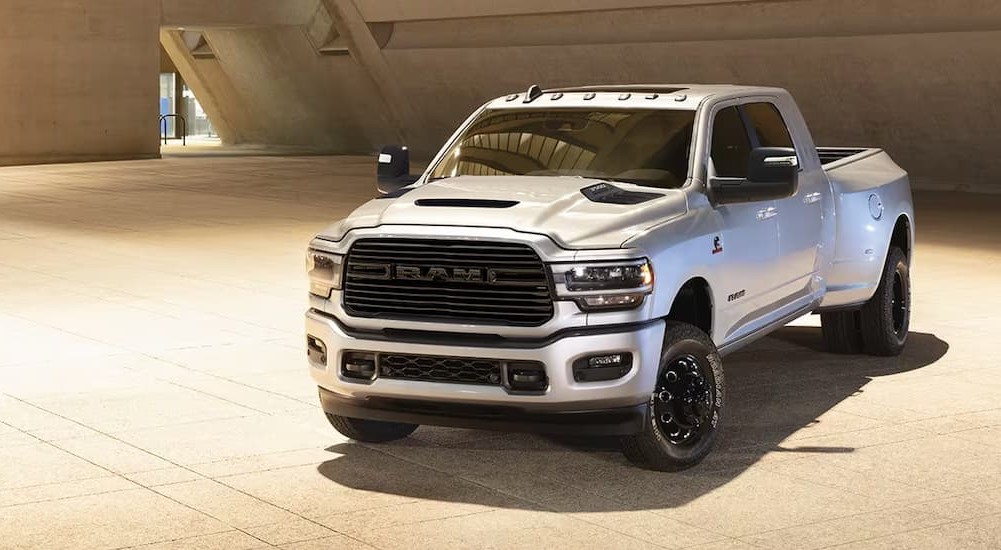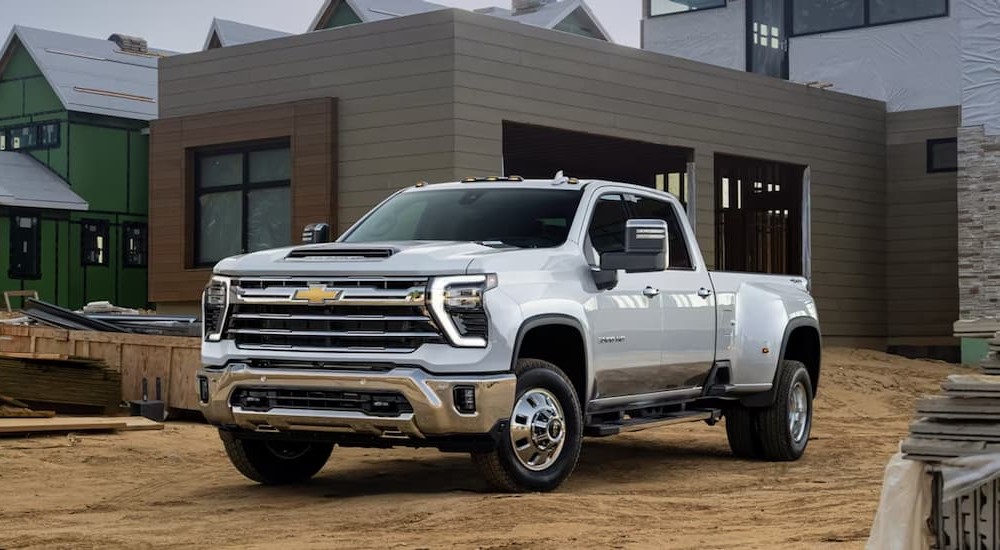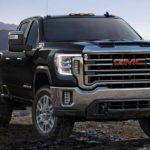If you’ve been looking at used trucks for sale, you may have discovered a range of terminology that’s new to you, especially if you’ve usually bought passenger cars or SUVs. Pickups are mission-oriented vehicles designed for hauling loads, towing trailers, or forging off-road paths on forest trails, oil fields, or the back acreage of ranches. As such, they have a range of capabilities that most other vehicles lack, and they come with technical terms that may be new or confusing.
Among these are ton ratings. Experienced truck owners, advertising copywriters, and truck sales staff may throw around terms like “half-ton” and “one-ton” the way scientists toss around terms like–well, whatever scientists talk about these days. But there’s no magic to the terminology. These phrases originated early in the days of pickup trucks, and they’ve survived into the 21st Century even when they sometimes aren’t entirely accurate anymore. So what do the terms mean? Is there such a thing as a three-quarter-ton truck, too? And are tonnage terms still relevant at all?
Origins of the Terms
There is some dispute over the origin of using tonnage to describe pickups. For instance, according to JD Power’s website, the first patent for a “4-ton truck” was taken out in France—in 1828! One wonders what engine this engineer intended to use to haul that kind of cargo way back then, especially since the first internal combustion-powered vehicle wasn’t invented until 1886. Talk about being forward-looking!
What we can say for sure is that the Ford Motor Company built a one-ton pickup truck in 1917. Well, perhaps saying “built a one-ton pickup truck” is a bit of a stretch. There’s a sales brochure for the 1918 Ford TT truck in the Henry Ford Museum of American Innovation, and it gives an idea of what the truck buyer was actually getting.
The cover of the brochure says “Model T One Ton Truck” and shows what looks like a complete pickup truck with a cab and a bed. But the second page of the brochure shows what the buyer was actually getting: a chassis that’s almost entirely bare except for a hood for the motor, front fenders, headlights, “one tail light,” and a set of tools, presumably for bolting on the body that the customer prefers. Oh, and it included a horn. Don’t say Henry Ford didn’t provide amenities.
This was pretty much a do-it-yourself pickup. But it does illustrate the usage of the “one-ton” terminology way back at the dawn of the age of pickup trucks. By the following year, Chevy was getting into the game with its own one-ton model. Chevy’s website says it was “a rolling chassis featuring an open cab,” which put it one up on the Ford Model TT, which didn’t include any cab whatsoever, or even a driver’s seat. But beyond that, Chevy’s customers were free to install pickup bodies of their choice, including presumably a roof for the cab if they wanted to stay dry.
So what did “one-ton” mean way back then? Pretty much what it sounds like; the trucks could carry one ton of cargo in the bed or a full 2,000 pounds. So, using that classification system, a half-ton pickup could carry 1,000 pounds. In between these two, a three-quarter-ton pickup could haul 1,500 pounds. This classification system caught on widely, especially after the military adopted it to estimate cargo capacity for military logistical support trucks. It’s pretty important in wartime to know how many cans of spam a truck can carry—or how many artillery shells.
What They Mean Today
It would be fair to say these terms now refer more to classes of trucks rather than to their cargo capacity. As the decades have passed, with improvements to engines, transmissions, suspensions, and frames, trucks have evolved way beyond the capabilities of their ancestors. So, referring to a truck as half-ton or one-ton now is like referring to a sedan as midsized versus full-sized or a sports car as a roadster versus a coupe.
As a result, these days, pickups haul much more than their tonnage categories would suggest. According to JD Power, “We have quarter- or three-quarter-ton pickups today that can easily handle 7,200 pounds and half-ton pickups that can handle over 2,102 pounds.” That latter number seems oddly specific. But it makes the point: truck manufacturers don’t go by “tons” anymore. JD Power goes on to indicate that modern pickups can generally carry somewhere between fifty to one hundred percent more than their ton classifications.
That’s a pretty broad and generalized range. So, how do you know how much the truck you’re considering can carry? GMC’s website has a handy explanation. It involves the truck’s gross vehicle weight rating or GVWR. Any modern pickup will have its GVWR labeled on the driver’s door jamb. It’s the maximum weight a truck is engineered to carry, including cargo, passengers, and the weight of the truck itself.
You subtract the truck’s curb weight (which you can get from the owner’s manual) from the GVWR to calculate how much it can carry. So, for instance, if you have a “half-ton” vehicle with a GVWR of 7,000 pounds and a curb weight of 5,000 pounds, that means it can carry 2,000 pounds. In that case, your half-ton could haul a full ton! But don’t forget to include your weight and your passengers’ weight in that number. And maybe encourage your passengers to lay off the donuts.
As a side note, make sure not to confuse the GVWR with the GCWR or gross combined weight rating. This term is used for calculating towing capacity. It works similarly: subtract a vehicle’s curb weight from its GCWR to determine how much it can tow. But this isn’t related to terms like “half-ton” or “one-ton.” In fact, for some vehicles, towing capacity can be well over 10,000 pounds. There’s no real equivalent to the ton categories when it comes to towing.
Examples of Each Category
So, with all that being said, what are some actual examples of each category? We’ll start with the half-ton class since that is by far the largest segment of consumer-oriented pickup trucks, some of which are among the best-selling vehicles in the US year after year. This category includes the perennial sales champ, the Ford F-150, along with the Chevy Silverado 1500, the Chevy’s nearly identical GMC Sierra 1500 cousin, and the RAM 1500. Among imports, the Toyota Tundra and Nissan Titan fit in this class.
When you get into the three-quarter-ton and one-ton categories, in today’s terminology, you’re talking about heavy-duty pickups. These are still sold to consumers who might have very heavy loads to tow, like horse trailers, fifth wheel campers, or large boats, but they’re generally more truck than the average buyer needs. They’re also great for landscapers, ranchers, and other professionals who need highly capable trucks.
In Chevy naming conventions, three-quarter-ton pickups are called the Silverado HD 2500, and one-ton pickups are called the Silverado HD 3500. GMC’s conventions are the same for the Sierra. Ford calls its three-quarter-ton and one-ton the Super Duty F-250 and Super Duty F-350, respectively. RAM’s equivalents are the RAM 2500 and RAM 3500. The imports don’t really have equivalents to these heavy-duty trucks.
Which is Right for You?
The right “ton” category for you when you’re looking for used trucks for sale will be specific to what you need a truck to do, either recreationally or professionally. Will you be hauling stuff in the bed or towing (or both), and how much does it weigh? Check the GVWR or GCWR for any truck you’re considering buying to determine if it can handle your needs. Make sure to find the right balance between capability and comfortable driving, and then hit the road with confidence in your new truck!






